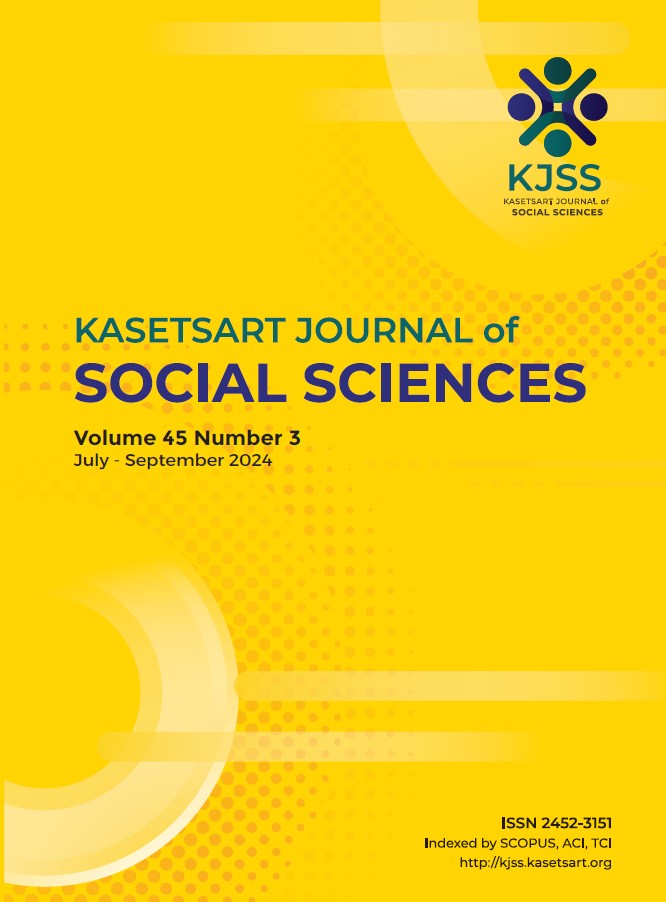Growth mindsets, workmastery, and socioeconomic status interact in predicting achievement of adolescents in Southeast Asia
Keywords:
achievement, growth mindset, PISA 2018, socioeconomic statusAbstract
Growth mindsets can play an important role in student academic motivation
and achievement. However, recent research has revealed that the achievement
benefits of growth mindsets vary across cultures, such that students in
some Asian societies may not gain much from growth mindsets. Focusing
on Southeast Asia, this study sought to answer whether workmastery may
potentially strengthen the benefits of growth mindsets on student achievement
in reading, math, and science, particularly among socioeconomically
disadvantaged students. This study used the PISA 2018 database including large
and representative samples of 15-year-old students in Southeast Asian countries
(total N = 47,579). Multilevel modeling was utilized to test the two-way
interaction between growth mindset and workmastery, as well as the three-way
interaction between growth mindsets, workmastery, and socioeconomic status.
The results showed that the two-way interaction was significant, suggesting that
Southeast Asian students with high workmastery were more likely to benefit
from growth mindsets than those with low workmastery. Moreover, the results
showed a significant three-way interaction, suggesting that the achievement
benefits of growth mindsets for disadvantaged students were nearly the same as
for their advantaged peers when disadvantaged students had high workmastery.
This study generally indicates that growth mindsets can be beneficial for student
achievement in Southeast Asia, particularly in the appropriate context. One key
implication is that promoting growth mindsets at scale may be more effective
than previous research in Asia suggests.
Downloads
Published
How to Cite
Issue
Section
License
Copyright (c) 2024 Kasetsart University

This work is licensed under a Creative Commons Attribution-NonCommercial-NoDerivatives 4.0 International License.
This is an open access article under the CC BY-NC-ND license http://creativecommons.org/licenses/by-nc-nd/4.0/










